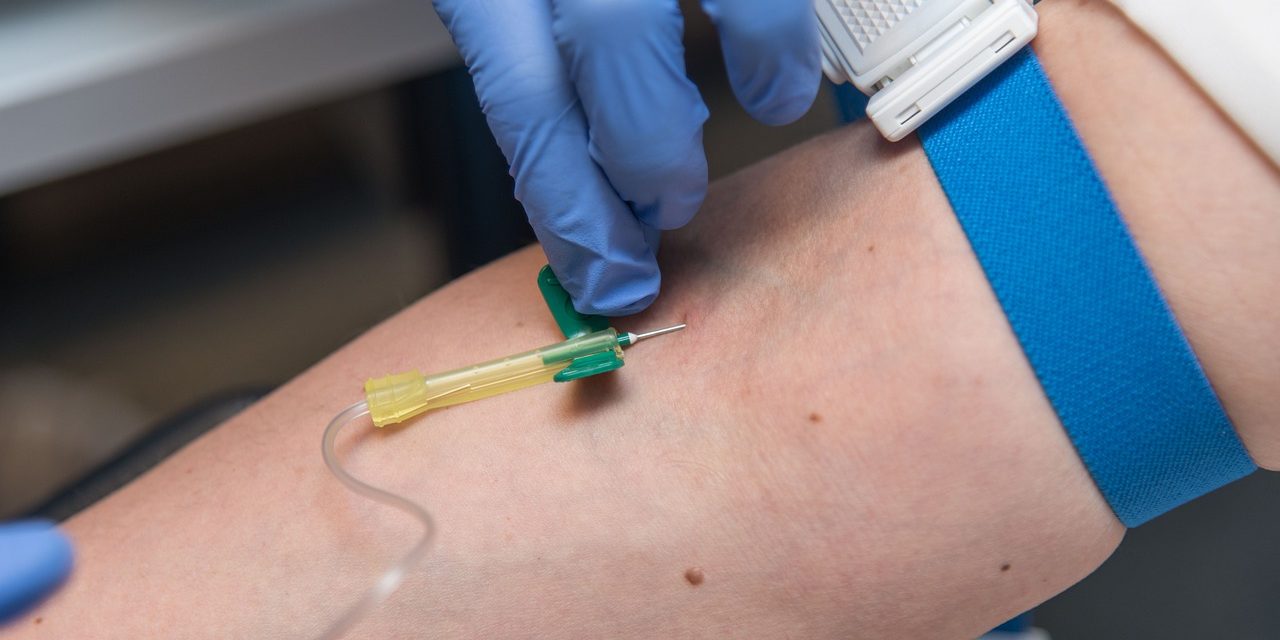Phlebotomy training will teach you how to take a pathology sample by drawing blood from a patient’s veins. You can obtain this qualification by enrolling in the Certificate III in Pathology Collection.
Phlebotomists draw blood for various purposes, such as diagnosis, research, and donations. In addition to collecting blood samples, phlebotomists can obtain non-blood samples, including urine, faeces, sputum, and swabs. They instruct patients on the appropriate collection techniques in addition to making sure the sample is suitable and correctly labelled in its container.
Venipuncture or venepuncture is the process of obtaining intravenous access for venous blood sampling, and it is a skill that must be practised repeatedly in a safe environment with experienced instructors; it cannot be learned solely by viewing videos or reading a how-to manual.
Blood collection might be somewhat risky for patients if the person performing the collection lacks precise venepuncture skills. By using the proper technique when extracting blood, both, the health professional and the patient are protected and safe.
In the course of diagnosing and treating patients, blood tests are frequently performed. However, incorrect sample collection could result in erroneous results, which could result in the patient receiving an incorrect diagnosis and potentially dangerous therapy.
Whether you are a nurse, doctor, pathology collector or any other health professional who must collect blood, you must comprehend how to conduct blood tests efficiently and receive the proper training to preserve your safety and the safety of your patients.








